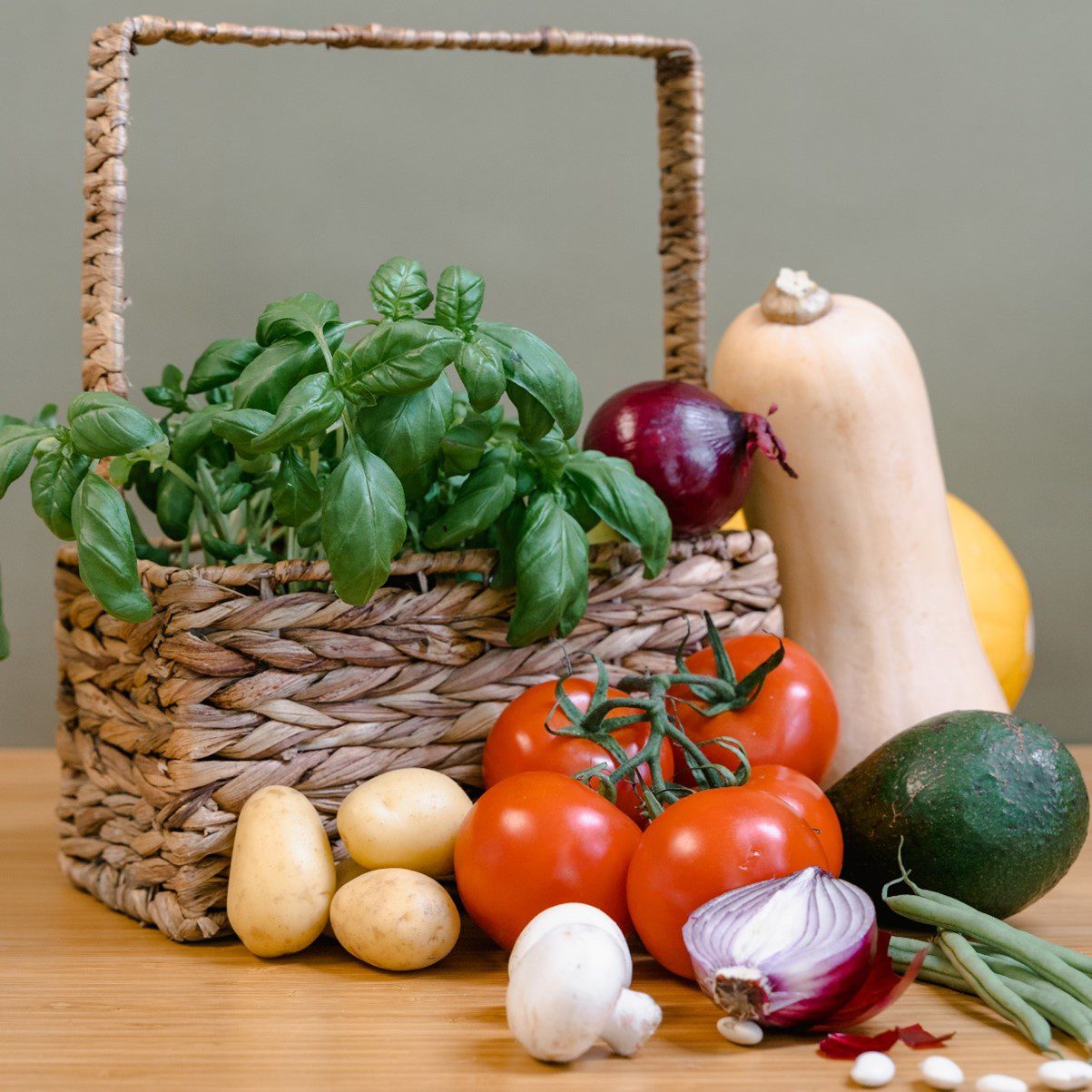By Enise Kaya Urcan, MPharm, MS Candidate in Human Nutrition
Sustainable nutrition is a terminology used to eat nutritionally dense, affordable, and culturally relevant food to eliminate chronic diseases and nutrient deficiencies while preserving limited natural resources.
Some diets are more sustainable than others. According to the EAT-Lancet Commission, replacing animal-based food with plant-based food reduces environmental impact due to decreased land use, water use, and greenhouse emissions (Willet et al., 2019). However, consuming only vegan or vegetarian food may not be the best nutritional choice for some individuals and cultures.
The Flexitarian Diet
Some individuals may greatly benefit from animal-based products, including high-quality protein, vitamin D, vitamin A, Vitamin B12, calcium, riboflavin, niacin, zinc, selenium, iodine, and potassium (Let’s eat healthy, 2022).
The Flexitarian diet focuses on plant-based foods but is also “flexible,” as animal-based foods are allowed sparingly (Derbyshire, 2022). Fortunately, sustainable animal farming practices in the U.S. are highly efficient and have a much smaller environmental impact than in some other countries. Cattle raised on pasture (grass-fed) without grain, synthetic fertilizers, or pesticides helps the planet and provides better nutrition (Food Print, 2022). Therefore, the flexitarian approach uses animal-based food as complementary nutrition for a balanced diet.
Are Processed Foods Bad for the Environment?
The American diet is heavy in processed food made of food-derived substances and additives that negatively affect health and the environment (Seferidi et al., 2022). Buying unprocessed and locally sourced foods in season produces fewer emissions and lower environmental impact as it reduces the packaging waste and the need for transportation while supporting local economies. One challenge in buying locally produced food is careful planning, as the availability of the food dramatically influences the nutrition intake.
The Balance Between Nutrition and Sustainability
Consumers can decide on which food groups to include in their diets for sustainable eating based on the following factors (Smith Edge, 2020):
- the nutritional content of the food group,
- individual health and dietary needs,
- the relative cost of the food,
- environmental impact during the production of the food.
Summary
A sustainable diet considers the impact on the environment, the individual, and the food production chain. It increases access to affordable, locally produced, nutrient-dense foods to support thriving communities.
For more information about sustainable nutrition, visit healthyeating.org.
References:
- Derbyshire, E. (2022). Flexitarian Diets and Health: A Review of the Evidence-Based Literature. Retrieved 20 March 2022, from https://www.ncbi.nlm.nih.gov/pmc/articles/PMC5216044/
- Food Label Guide: Beef. (2022). Retrieved 20 March 2022, from https://foodprint.org/eating-sustainably/food-label-guide/food-label-guide-beef/
- Smith Edge, M. (2020). The Balancing Act—Nutrition and Sustainability. Nutrition Today, 55(2), 86-92. doi: 10.1097/nt.0000000000000405
- Sustainable Nutrition. (2022). Retrieved 20 March 2022, from https://www.healthyeating.org/nutrition-topics/general/sustainable-nutrition
- Seferidi, P., Scrinis, G., & Huybrechts, I. (2022). The neglected environmental impacts of ultra-processed foods. Retrieved from https://www.thelancet.com/journals/lanplh/article/PIIS2542-5196(20)30177-7/fulltext
- Willett, W., Rockström, J., Loken, B., & Springmann, M. (2022). Retrieved 20 March 2022, from http://academiacienciasfarmaceuticas.cl/wp-content/uploads/2019/01/The-Lancet.pdf
Mart Production [Image]. Retrieved March 20, 2021, from Pexels















